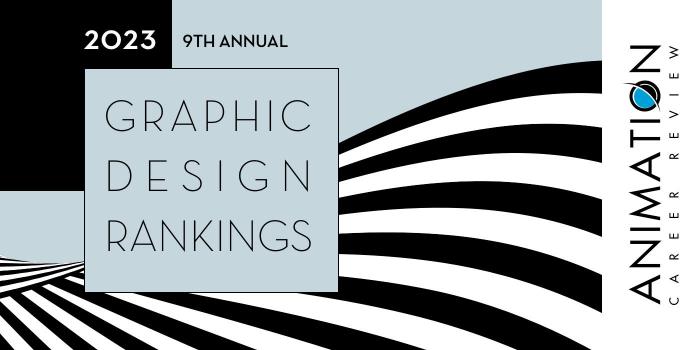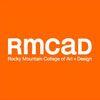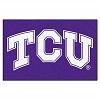The School of Performance, Visualization and Fine Arts (PVFA) at Texas A&M University, College Station (TAMU) houses the Visualization Program, which has multiple paths to study Graphic Design. Options include BS, MS, and MFA degrees in Visualization (Viz), and a Graphic Design Minor. Consisting of 16 credit hours, the Graphic Design Minor has three required courses including Introduction to Graphic Design and Graphic Design I and II. Students may select three elective courses, totaling nine credit hours. Elective examples include Multimedia Design and Development, Graphic Design III, and Color Theory.
The BS-Viz Program at Texas A&M University combines the study of Fine Arts, 3D Design, Digital Technology, Programming, and the Production Pipeline with project-based studios. All students in this 120 credit hour program will spend a semester away from TAMU during their Junior year. Options include a semester abroad in places, such as Italy, Australia, England, or Singapore; study at another university anywhere in the U.S.; or an approved internship in an industry related to the students major and interests.
Across the final two years of the BS-Viz Program, Design students will create a specialization from directed electives, and complete the Capstone Proposal Development course and Capstone Studio.
The MS-Viz at Texas A&M University provides a variety of Emphasis Areas leading to a Research Thesis of a Capstone Project. Emphasis examples include Computer Graphics, User Experience Design, Interactive Design, and Data Visualization. Students enhance the Emphasis area with electives and other courses. Students have access to courses such as Design Communication I-III, Time-Based Media, Physical Computing for Art and Design, Color Photography, Form, Installation, and Environment, Multimedia Web Design, and Digital Image.
Other program benefits include the Summer Industry Workshop, Thesis and Non-Thesis Options, and interactions with Board Members from Graphic Design Companies, Architecture Firms, and Animation Studios.
The MFA-Viz or MFA-V is a terminal degree that is one of the few programs of its kind in the United States and the only program of its kind in Texas. Combining Visual Arts and Technology, the TAMU MFA-Viz allows students to select an Emphasis in a variety of areas and enhance the degree through electives. Emphasis examples include Interactive Art, Data Visualizations, User Experience Design, Visual Storytelling and Computer Animation.
Students in the MFA-Viz Program at Texas A&M University will complete 20 credit hours in Professional Study as well as courses such as Design Communication I-III, Generative Art, Digital Image, Time-Based Media, Image Synthesis, Physical Computing for Art & Design, and Multimedia Web Design.
The MFA-Viz Program culminates with the completion, exhibition, and defense of the student’s body of work.
Graduates of the Art, Design, Visualization, and Communication Programs at Texas A&M University have been hired in a wide range of roles at a variety of companies, firms, and organizations. Examples include Amazon, Premier Advertising, IBM, Audience Media Group, GCG Marketing, Culver Public Relations, Something More Media, Dell, HEB, Groupon, Techtronic Industries, ESPN, Oracle, Laser Scientific, AT&T, Nift, Multiview Inc., LAM Partners, TTI, Customer Marketing Group, Career Safe, LAM Partners, the U.S. Army, Grange Marketing, Multiview Inc., Customer Marketing Group, Brew House Productions, and Awaken Real Estate.
Texas A&M University, College Station opened its doors in 1876 as the state’s first public Institution of higher learning. Today, the school is the primary location for Texas A&M, with branch campuses in Galveston, Texas and Doha, Qatar. The school serves approximately 74,830 students enrolled in 140+ undergraduate programs and 270+ graduate degree programs across 17 colleges and schools. Texas A&M University, College Station is accredited by the Southern Association of Colleges and Schools Commission on Colleges (SACSCOC).



























